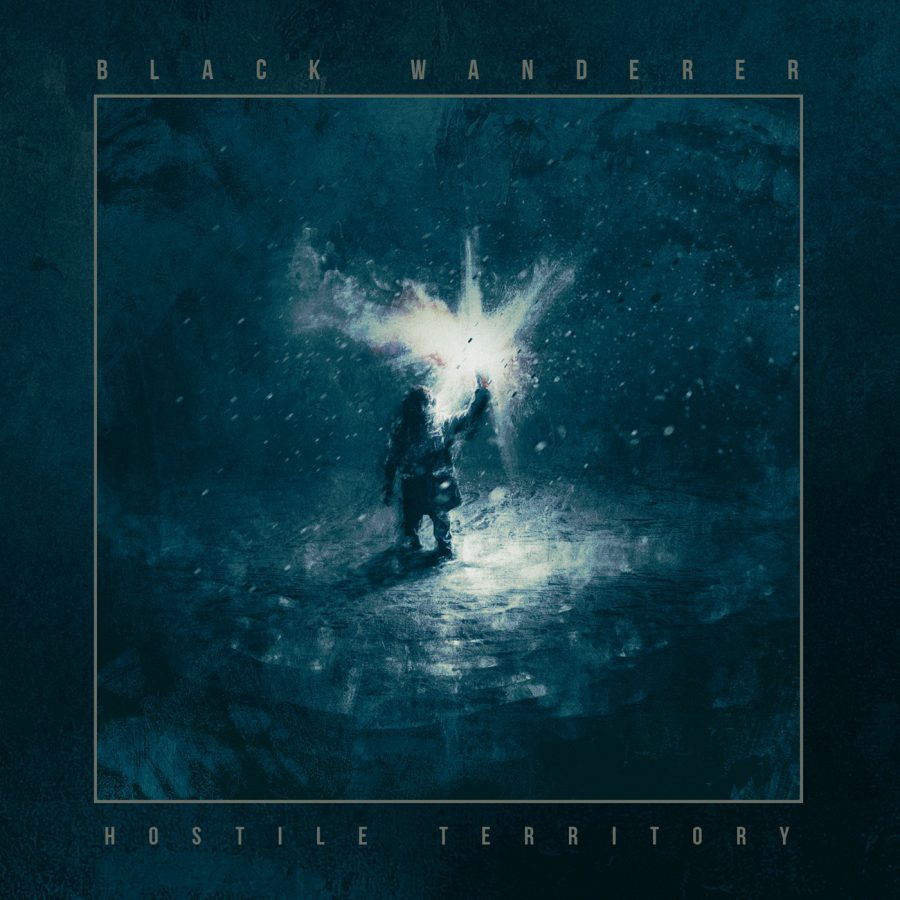Artists:
Andrew Leman (Spoken Word)
Theologian (Soundscapes)
Alan Brown (Art)
Album: Pickman’s Model by H.P. Lovecraft
Release date: 11 November 2016
Label: Cadabra Records
Tracklist:
1A/1B. Pickman’s Model by H.P. Lovecraft
Cadabra Records is a relatively new label. Launching barely two years ago, they have quickly amassed a large following and an impeccable reputation. Coming from the mind of Jonathan Dennison, Cadabra Records is a spoken word label, with exclusively vinyl releases. Each release is packed with features, from commissioned paintings, to limited color vinyl variants, to subscriber only releases. In an age of digital media, Cadabra Records seeks to invoke a nostalgia in their followers which is all but lost.
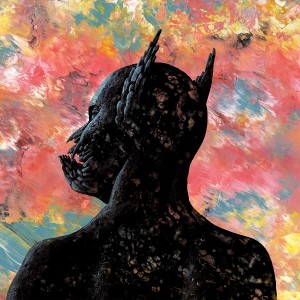 The vinyl only release gives followers a way to have that special feeling of opening a physical product for the first time, looking over its artwork and extras, pulling the vinyl from its slipcover for the first time to witness the unique colored variant of their particular purchased edition. Placing this beautiful piece of art onto the turntable for the first time and giving it an inaugural spin. Each release has its own combination of graphic artist, story-teller and soundtrack composer.
The vinyl only release gives followers a way to have that special feeling of opening a physical product for the first time, looking over its artwork and extras, pulling the vinyl from its slipcover for the first time to witness the unique colored variant of their particular purchased edition. Placing this beautiful piece of art onto the turntable for the first time and giving it an inaugural spin. Each release has its own combination of graphic artist, story-teller and soundtrack composer.
The emergence of a vinyl revolution has been welcomed with open arms by most hardcore collectors of music. Yet, many of these releases come up short on their final product. Cadabra Records does not follow this trend. My first purchase from Cadabra Records was Pickman’s Model. I knew it was going to be a special addition to my collection, but I honestly wasn’t prepared for the quality of this release.
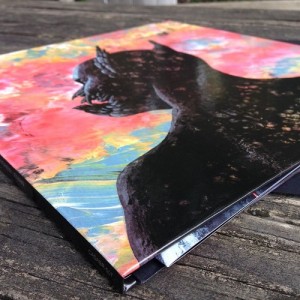 The gate-fold is of a heavy-duty ultra high quality cardboard, printed on all four sides with the beautiful artwork of Alan Brown. Each panel conveys a different imagining of the creatures Lovecraft describes in this story. The full-size booklet included is packed with even more of these original compositions. In these images, we have ample opportunity to let the creatures unfold in our own minds as Pickman’s paintings are described throughout the story.
The gate-fold is of a heavy-duty ultra high quality cardboard, printed on all four sides with the beautiful artwork of Alan Brown. Each panel conveys a different imagining of the creatures Lovecraft describes in this story. The full-size booklet included is packed with even more of these original compositions. In these images, we have ample opportunity to let the creatures unfold in our own minds as Pickman’s paintings are described throughout the story.
Andrew Leman of the H.P. Lovecraft Historical Society delivers the narrative of Pickman’s Model. I am not one to often enjoy audio-books. My mind often wanders, either to the background music, or to something else entirely. There is no monotony in Leman’s voice. He performs his art with an emotional charge rivaled by few others. In the beginning, he speaks in a whimsical and stately tone, with a sense of amusement and lightheartedness. Yet, as the story begins to unfold, Leman’s voice becomes increasingly shaky. As the narration begins to descend into those cursed subterranean chambers of Pickman’s macabre art studio, Leman’s voice becomes increasingly emotional. At some points we are greeted with gentle whispers and at others a crescendo of alarm and fear brings him to a rapid execution of his duties. The constantly changing dynamics of his vocal execution keep the attention of the listener firmly grasped.
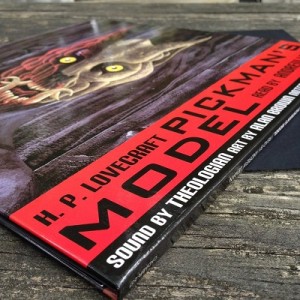 Lovecraft’s work is often evoked through dark ambient artists. There are numerous attempts, some more successful than others, in bringing the magic of his writings to life through their own musical interpretations. Theologian, the main musical project of Lee Bartow whom also owns Annihilvs Power Electronix, takes the helm as musical interpreter of this release. I have not yet heard his other contributions to Cadabra Records releases, but by all accounts Pickman’s Model is his best to date.
Lovecraft’s work is often evoked through dark ambient artists. There are numerous attempts, some more successful than others, in bringing the magic of his writings to life through their own musical interpretations. Theologian, the main musical project of Lee Bartow whom also owns Annihilvs Power Electronix, takes the helm as musical interpreter of this release. I have not yet heard his other contributions to Cadabra Records releases, but by all accounts Pickman’s Model is his best to date.
The music starts out in a more theatrical template. The sounds of the conversations’ setting provide an animated backdrop to the beginning of the story. But as the plot thickens, so too do the sounds of Theologian. We move from the setting of the conversation, some midtown establishment, where the narrator and his listener sip some booze and coffee, to the depths of Pickman’s ancient Bostonian dwelling without even noticing the change.
The greatest accomplishment on the part of Theologian is in his ability to at once keep the listener enraptured in the atmosphere while simultaneously having enough subtlety to not distract from the experience provided by Andrew Leman. Listening to the full performance a handful of times over a few short days was by no means a labor. Each listen allowed for the focus to either fixate on the narrative, analyze the musical composition of Theologian, or to allow the full breadth of the release to unfold with no particular focus. No matter the mindset or time of day going into the release, I was met with an overwhelming sense of satisfaction in listening to this story.
If this release of Pickman’s Model is any indication of the rest of the Cadabra Records discography, they have an illustrious future ahead of them. With previous releases like Lovecraft’s The Lurking Fear, Edgar Allan Poe’s The Raven and Bram Stoker’s Dracula, they have already paved the path to attracting a wide range of followers from the fan-base of these historical literary geniuses. The future of Cadabra Records does seem bright… in the darkest of senses.
Written by: Michael Barnett


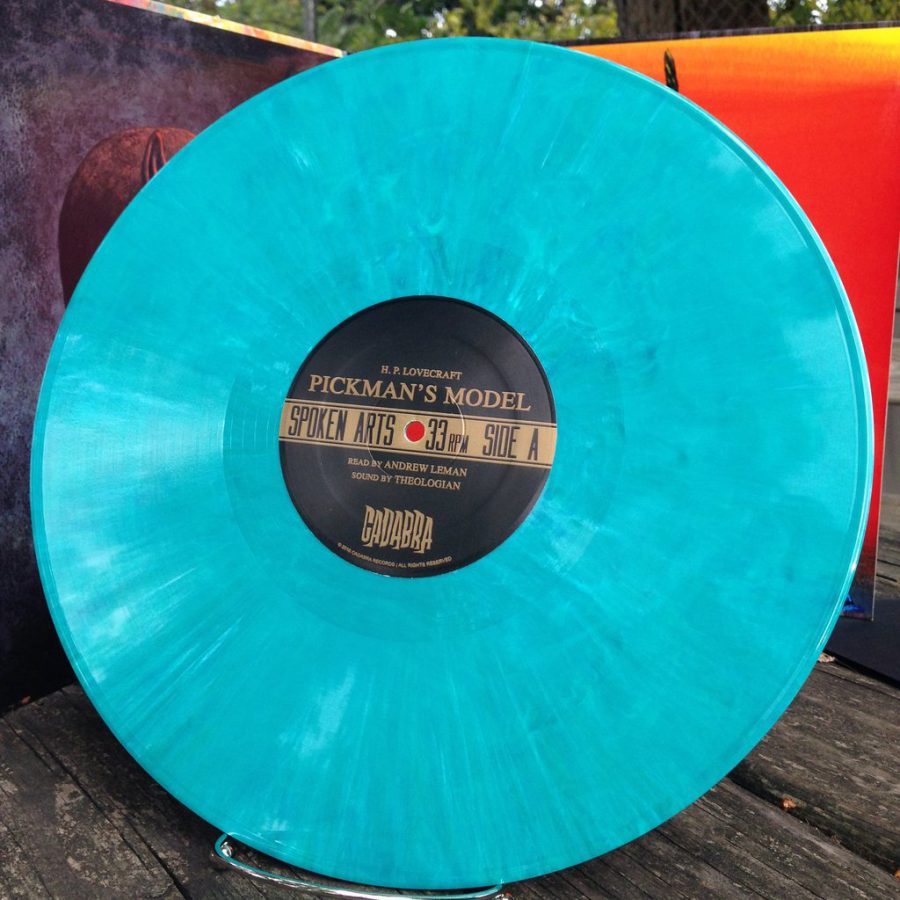
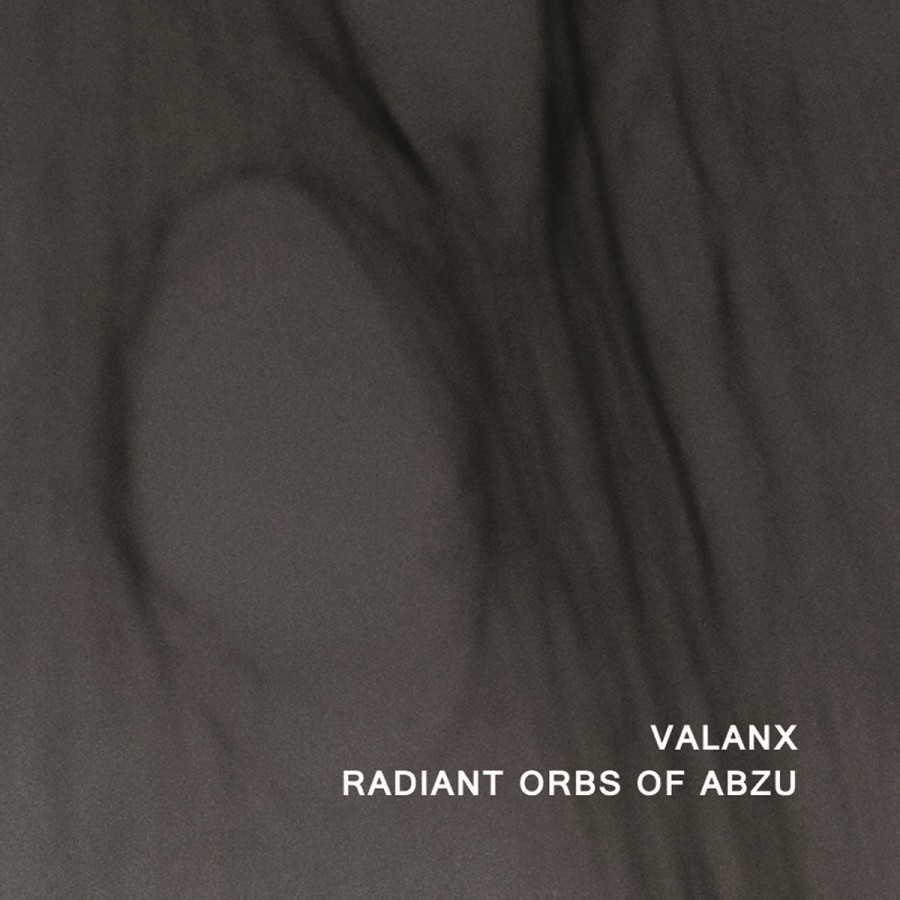


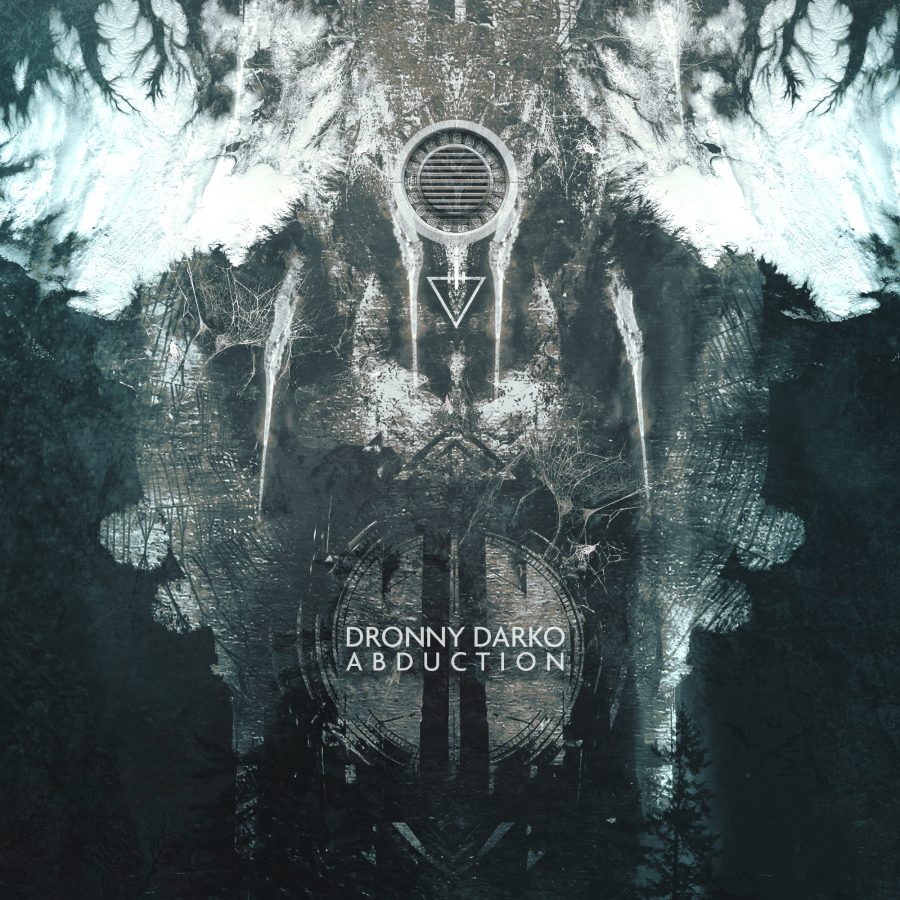
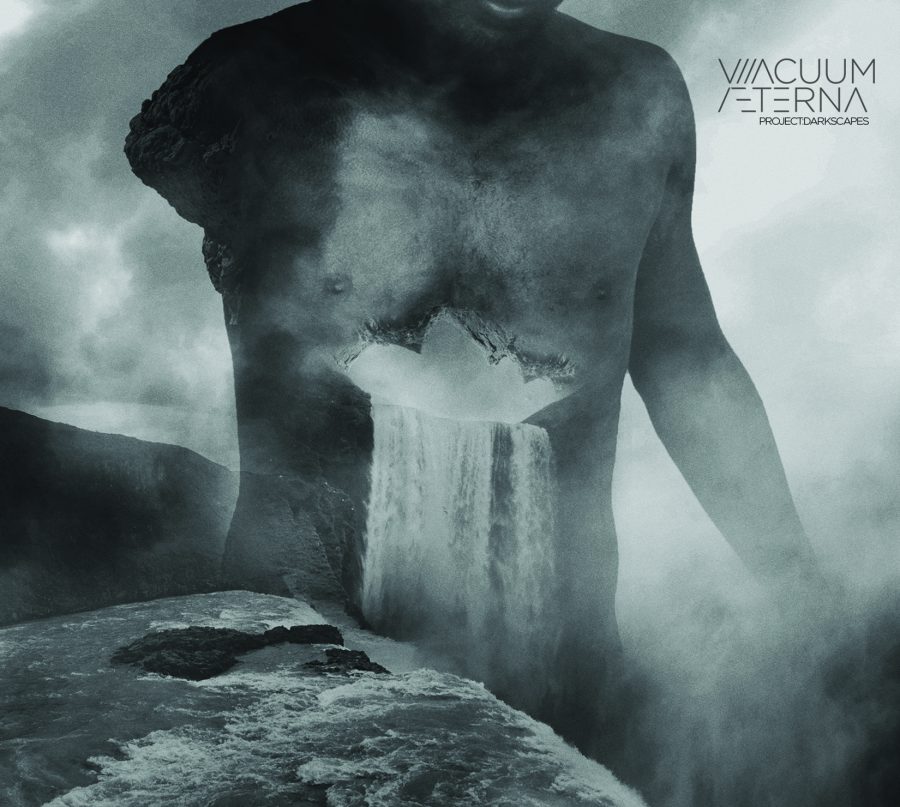

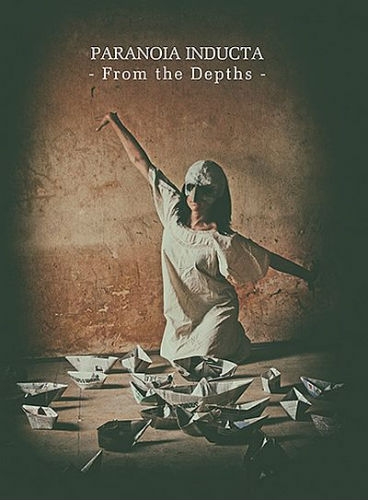 Tracklist:
Tracklist: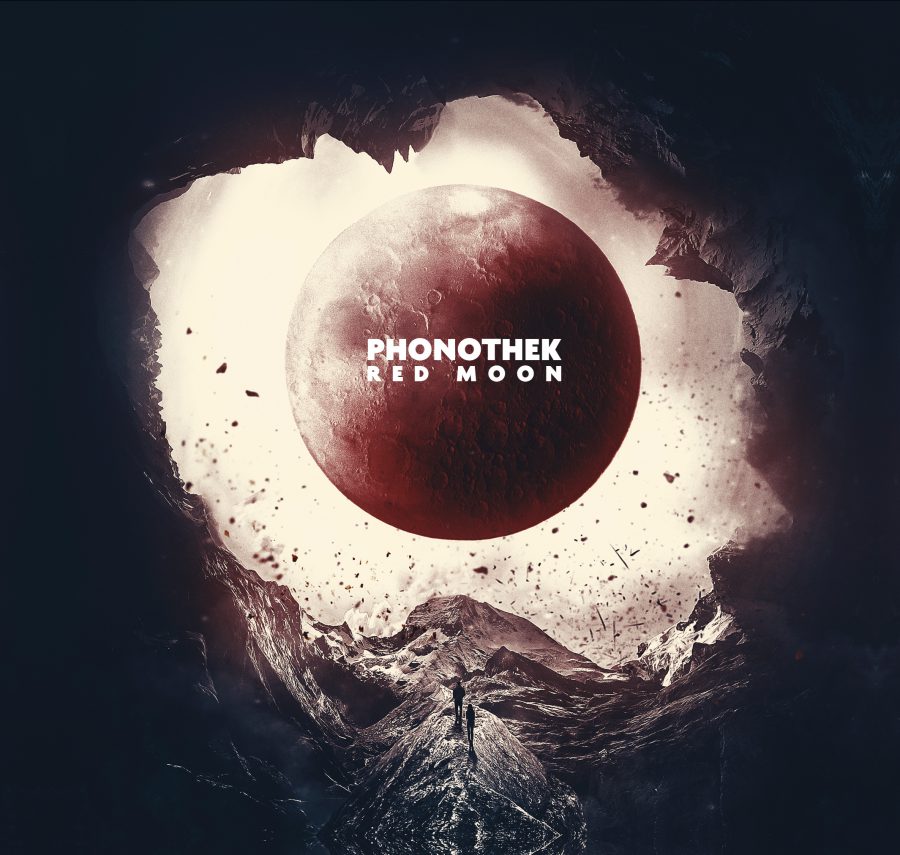
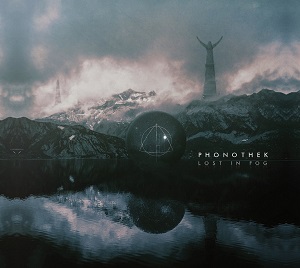
 themselves walking through the filthy alleys of New Orleans, late at night, as a thick fog hovers over the streets and the scent of refuse and the homeless sicken the senses. The darkness is perfectly blended with the noir jazz style, breathing life into Red Moon. It effortlessly pulls the listener along for a journey which won’t be soon forgotten. Of course, Phonothek may have never seen the streets of New Orleans, and certainly there are many other and older cities across the lands of Europe and Russia which would equally fit these sounds.
themselves walking through the filthy alleys of New Orleans, late at night, as a thick fog hovers over the streets and the scent of refuse and the homeless sicken the senses. The darkness is perfectly blended with the noir jazz style, breathing life into Red Moon. It effortlessly pulls the listener along for a journey which won’t be soon forgotten. Of course, Phonothek may have never seen the streets of New Orleans, and certainly there are many other and older cities across the lands of Europe and Russia which would equally fit these sounds. On “Last Melody” Phonothek made another brilliant move by adding the skills of Pär Boström’s often apocalyptic urban soundscapes that are Cities Last Broadcast. Cities Last Broadcast adds some of its more eerie and occult leaning work to “Last Melody”. We hear Boström’s falsetto voice barely cutting through the mix at one point, adding an otherworldly feeling to the track. After these two highly original and perfectly executed collaborative tracks, the rest of the album is able to commence at a running start.
On “Last Melody” Phonothek made another brilliant move by adding the skills of Pär Boström’s often apocalyptic urban soundscapes that are Cities Last Broadcast. Cities Last Broadcast adds some of its more eerie and occult leaning work to “Last Melody”. We hear Boström’s falsetto voice barely cutting through the mix at one point, adding an otherworldly feeling to the track. After these two highly original and perfectly executed collaborative tracks, the rest of the album is able to commence at a running start.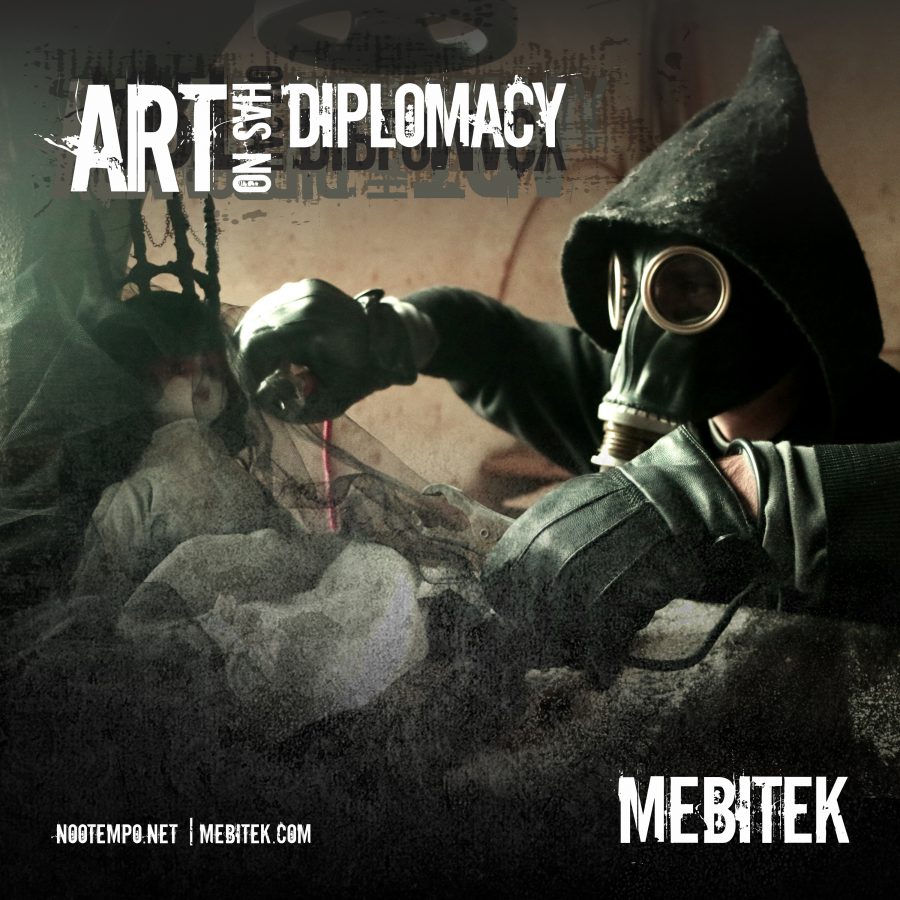
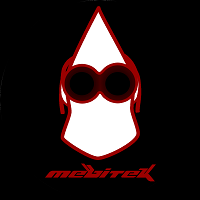 Mebitek brings along with him on this album a few other Italian artists of various forms. Larissa provides a beautiful voice on the track “Pray”. While Quilo Sa Razza applies a hip-hop verse over “Stepper in the Dark”. Each of these and several other guest artist always provide a brand new element to the sounds of Art Has No Diplomacy.
Mebitek brings along with him on this album a few other Italian artists of various forms. Larissa provides a beautiful voice on the track “Pray”. While Quilo Sa Razza applies a hip-hop verse over “Stepper in the Dark”. Each of these and several other guest artist always provide a brand new element to the sounds of Art Has No Diplomacy.